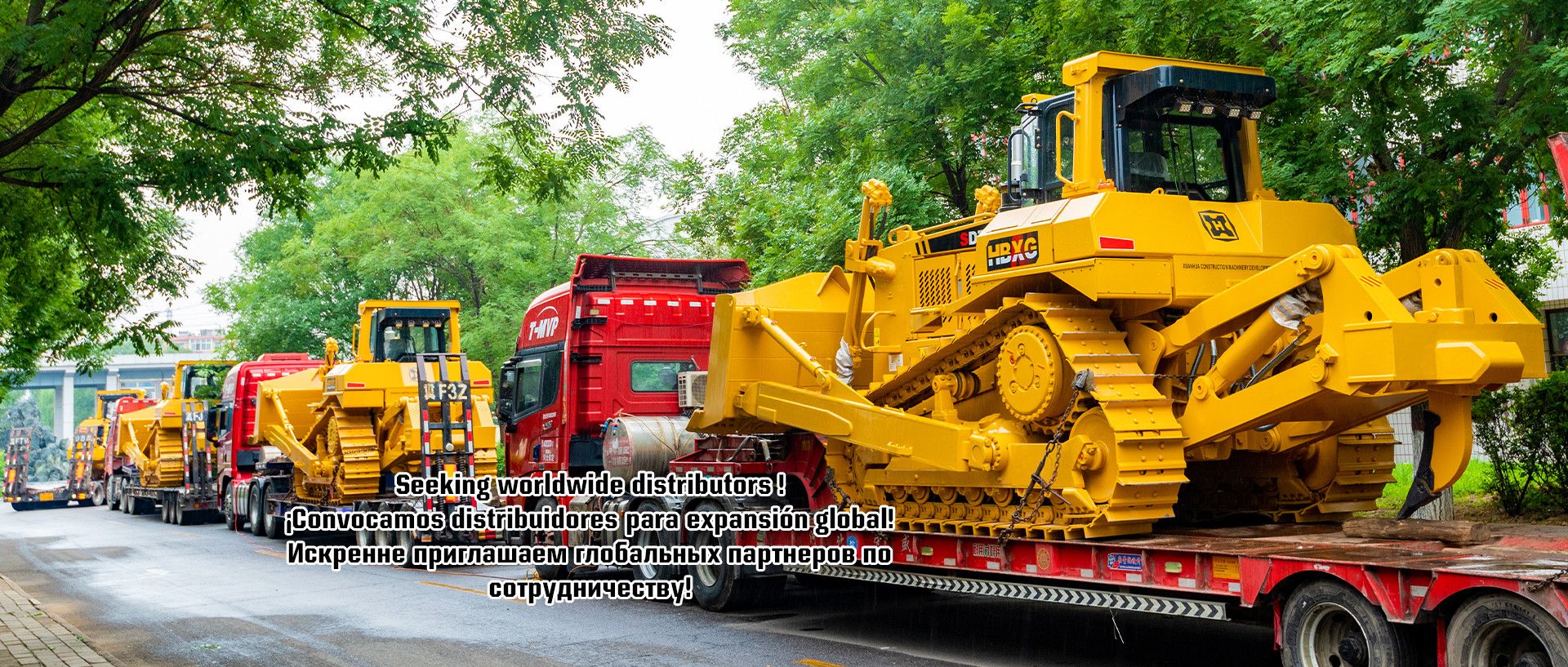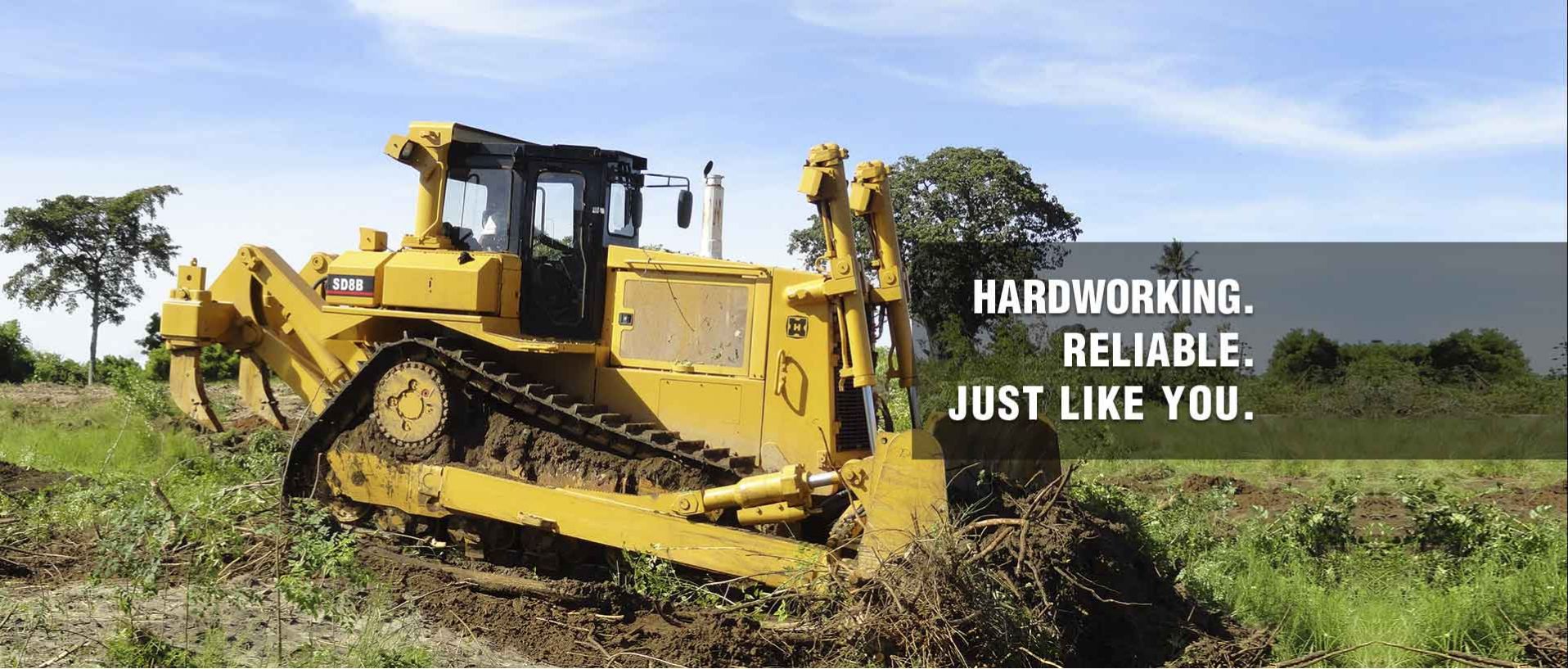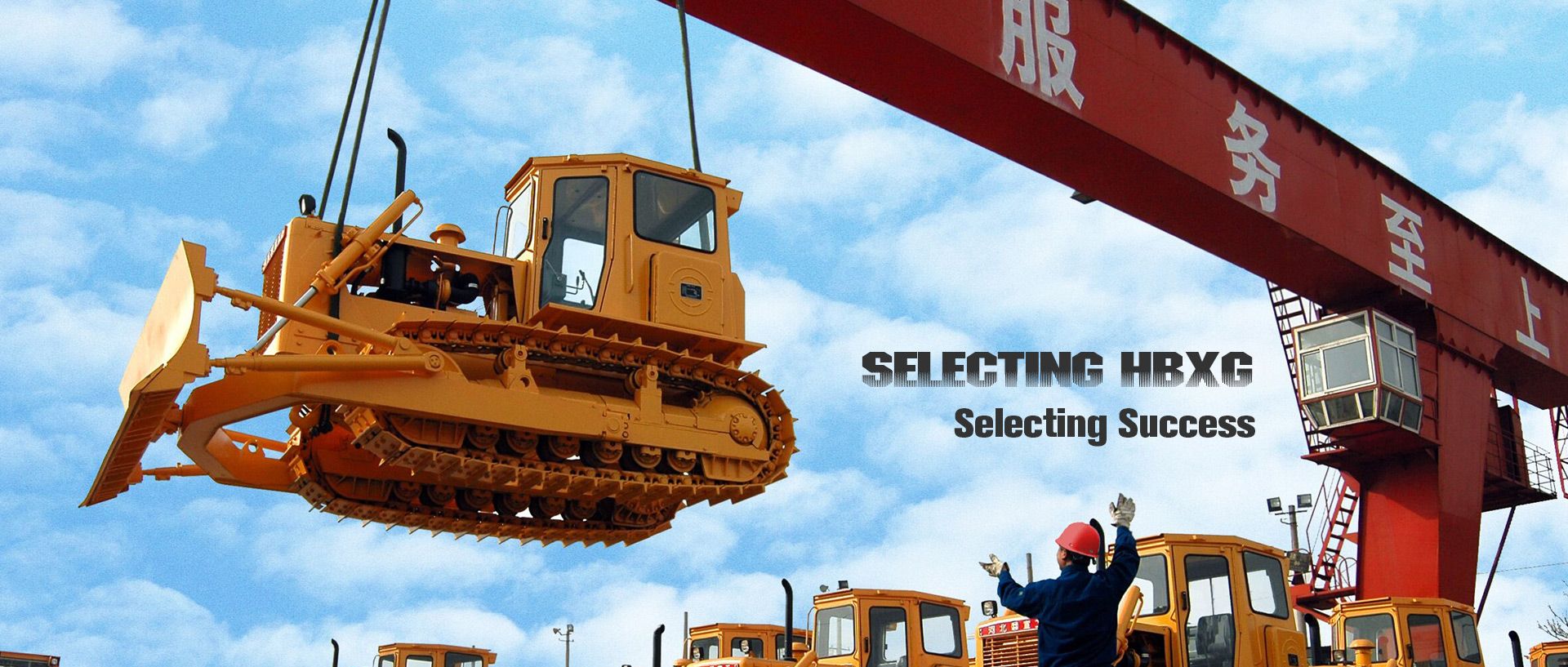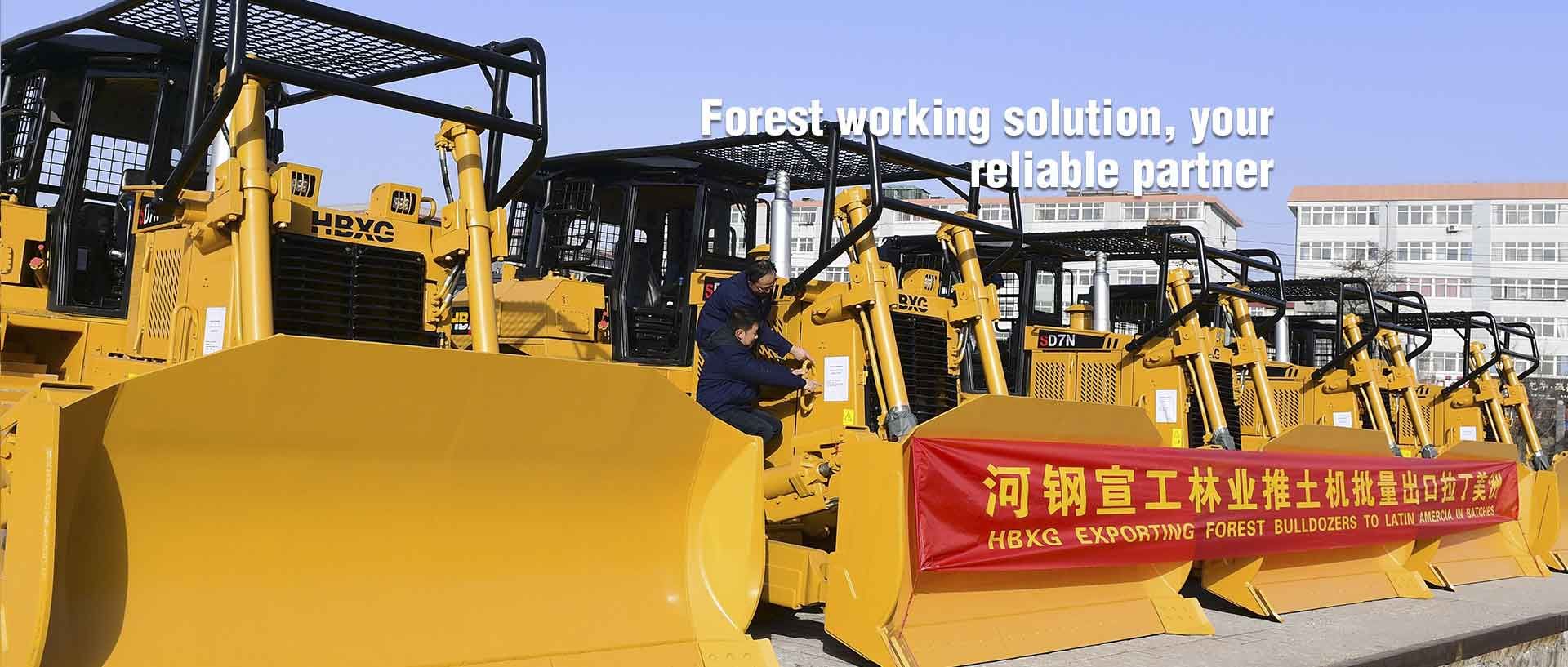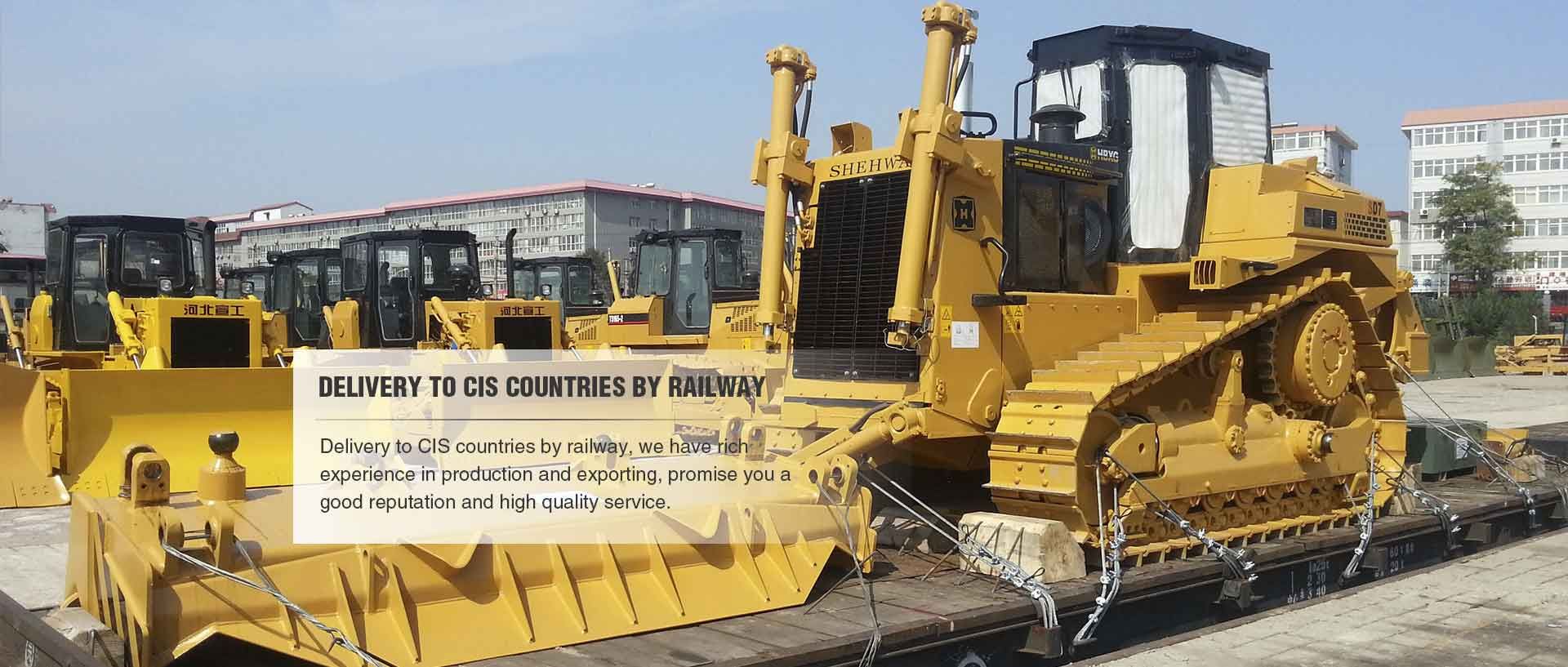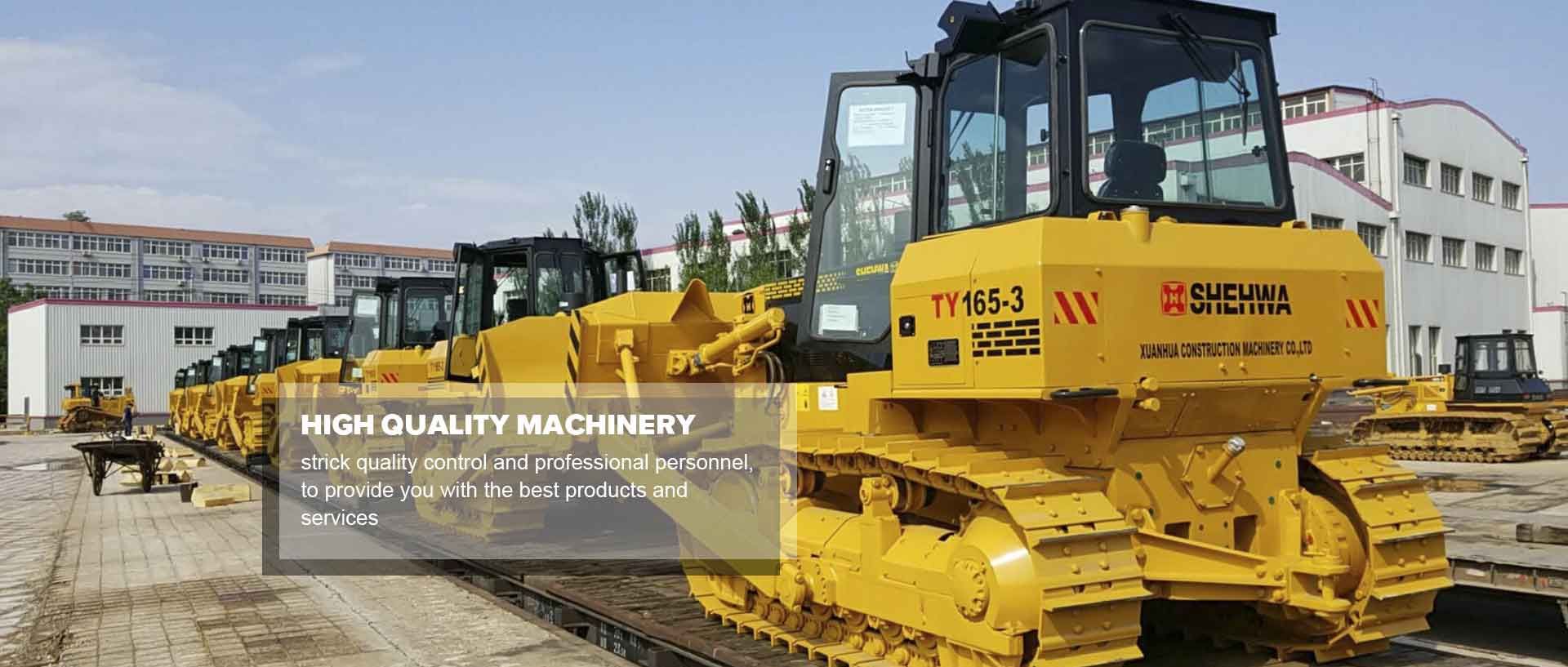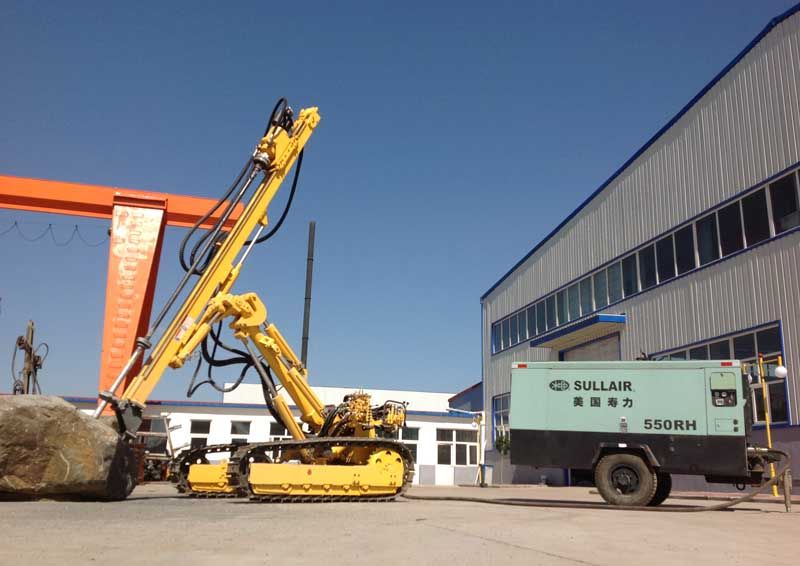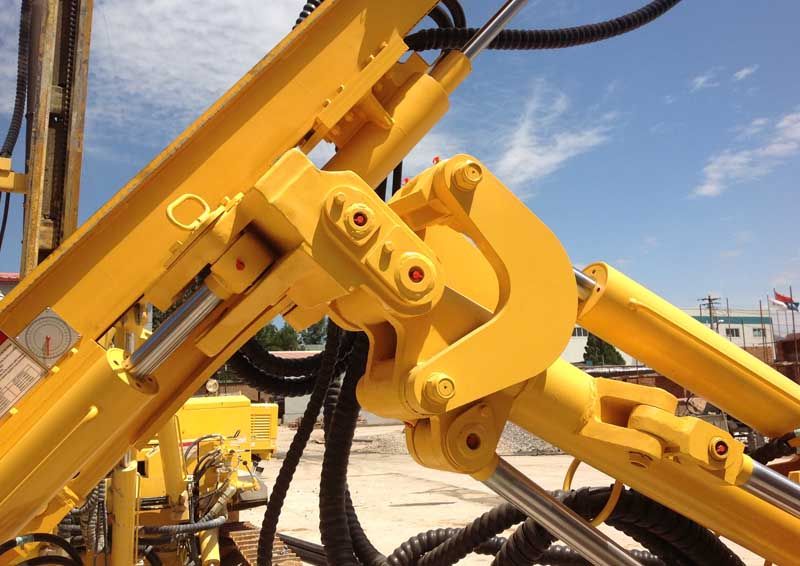How to Maximize Efficiency with a DTH Drilling Rig?
 Feb. 17, 2025
Feb. 17, 2025
Down-the-Hole (DTH) drilling rigs are essential for a variety of heavy-duty tasks, such as mining, construction, water well drilling, and geotechnical applications. These rigs use pneumatic hammers to drill into hard rock and other dense materials with incredible efficiency and precision. However, like any specialized equipment, optimizing the performance of a DTH drilling rig requires a combination of proper maintenance, operator training, and understanding the conditions under which the rig operates. In this article, we’ll explore strategies to maximize efficiency with a DTH drilling rig, ensuring faster job completion, better fuel efficiency, and longer equipment lifespan.
1. Choose the Right Drill Bit and Hammer
One of the most important decisions in maximizing DTH drilling efficiency is selecting the appropriate drill bit and hammer combination for the job at hand. The choice of these components directly impacts the speed and quality of drilling, as well as the wear and tear on the rig itself.
Drill Bits: There are several types of DTH drill bits, such as button bits, chisel bits, and flat bits, each designed for different rock types and drilling conditions. Button bits, for example, are ideal for hard, abrasive rock, while chisel bits work better in softer formations. Understanding the rock formation and selecting the correct bit for the job can greatly improve penetration rates, reduce downtime, and increase overall productivity.
Hammer Selection: The hammer used in DTH drilling should be well-suited to the drilling environment. A larger hammer may offer better performance in harder formations, while smaller hammers may be more efficient for shallow or softer drilling projects. Ensure that the hammer size matches the rock hardness and desired drilling depth to avoid unnecessary wear and inefficiency.
2. Optimize Operating Parameters
Maximizing drilling efficiency requires adjusting key operating parameters such as air pressure, rotation speed, and feed force. These settings can vary depending on the material being drilled, the type of DTH rig, and the environmental conditions at the job site.
Air Pressure: The air pressure used in a DTH rig is crucial for both drill bit performance and hammer efficiency. Higher air pressure generally improves performance, but excessive pressure can lead to faster wear of the components and higher fuel consumption. It’s important to balance air pressure to match the drilling depth and rock hardness. In some cases, reducing air pressure can increase fuel efficiency without significantly impacting performance.
Rotation Speed: The rotation speed of the drill bit should be set to match the type of formation being drilled. Too high a rotation speed can cause excessive heat, leading to quicker wear of the drill bit and reduced efficiency. A slower speed might not provide enough penetration force, leading to increased drilling times. Always adjust the rotation speed to optimize penetration rates and reduce the strain on the rig.
Feed Force: Applying the correct amount of feed force (the pressure exerted by the rig on the drill bit) is essential for efficient drilling. Too little feed force can result in poor penetration rates, while too much can cause overheating, bit wear, and reduced efficiency. Striking the right balance is key to maximizing both the performance and longevity of the DTH rig.
3. Regular Maintenance and Inspections
Proper maintenance is vital for maximizing the performance and lifespan of a DTH drilling rig. A well-maintained rig performs better, requires fewer repairs, and consumes less fuel. Regular inspections and routine servicing help identify potential issues before they become major problems.
Pre-Operational Checks: Before starting any drilling project, conduct a full inspection of the DTH rig, including the air system, hammer, drill bits, hoses, and all moving parts. Check for signs of wear, leaks, or loose connections. Ensuring everything is in good working order before beginning the job can help prevent delays and maintain efficiency.
Component Lubrication: Lubricating key components of the rig, such as the feed mechanism and the hammer, is essential for reducing friction and wear. Proper lubrication can improve the overall performance of the rig and extend the lifespan of its parts. Be sure to follow the manufacturer’s recommendations for lubrication intervals and type of lubricant.
Filter and Hose Maintenance: The air filters and hoses on a DTH rig must be regularly cleaned or replaced to ensure consistent airflow and air pressure. Clogged filters or damaged hoses can decrease efficiency and increase fuel consumption, leading to unnecessary downtime and repair costs.
4. Proper Rig Setup and Positioning
Setting up the DTH drilling rig correctly on the job site is crucial for optimizing its efficiency. The positioning of the rig can affect both the speed of drilling and the quality of the work being performed. Improper rig setup can lead to unstable drilling conditions, increased wear on components, and potential safety hazards.
Stable Foundation: Ensure that the rig is positioned on a stable, level surface to prevent unnecessary vibrations and instability during operation. This will help maintain consistent drilling performance and reduce wear on the rig’s components. If drilling in uneven terrain, consider using leveling equipment to ensure a steady foundation.
Drill Alignment: Accurate alignment of the drill bit is essential for efficient drilling. Misalignment can result in uneven penetration, excessive wear, and potential damage to the rig. Before starting a new hole, double-check that the rig is properly aligned to avoid unnecessary complications during drilling.
5. Monitor Drilling Performance in Real-Time
Modern DTH rigs are often equipped with telematics and monitoring systems that allow operators to track the rig’s performance in real time. These systems provide valuable insights into key metrics such as air pressure, bit penetration rates, and fuel consumption. By closely monitoring these parameters during drilling, operators can make immediate adjustments to optimize efficiency and address any potential issues before they escalate.
Real-Time Data: Utilize the data from telematics systems to monitor the rig’s performance and adjust operating parameters accordingly. For example, if penetration rates slow down or fuel consumption increases unexpectedly, these systems can help pinpoint the issue and guide corrective actions.
Remote Monitoring: For larger operations with multiple rigs, remote monitoring systems allow supervisors and fleet managers to track performance across all machines in real time. This can be especially useful for identifying patterns in performance, ensuring that the rig is operating optimally, and addressing issues before they cause downtime or costly repairs.
6. Train Operators for Optimal Performance
Even the best equipment can underperform without skilled operators. Proper training is essential to ensure that the rig’s capabilities are fully utilized, and the system operates as efficiently as possible. Operators should be well-versed in the different operating parameters, maintenance procedures, and safety protocols that contribute to efficient drilling.
Operator Experience: Experienced operators will know how to adjust the rig’s settings based on the type of terrain, rock hardness, and other factors. They’ll also understand the importance of maintaining a steady and efficient drilling pace, minimizing unnecessary stops or delays.
Training Programs: Offering regular training sessions for operators ensures they are up-to-date on best practices and new technologies. This investment in human capital can lead to greater efficiency, lower operational costs, and reduced downtime caused by operator error.
Conclusion
Maximizing efficiency with a DTH drilling rig involves a combination of careful planning, optimal equipment selection, regular maintenance, and skilled operators. By selecting the right drill bits and hammer, fine-tuning operational parameters, and keeping the rig well-maintained, you can ensure smoother operations, better productivity, and lower costs. Leveraging real-time data and investing in operator training will further enhance the rig’s performance, helping you complete drilling projects faster and more efficiently while prolonging the lifespan of your equipment. With these strategies in place, you can achieve the best results and maximize the potential of your DTH drilling rig.
Do you want to receive more information about HBXG DTH drilling rigs? Then we are happy to answer your questions. Fill in the contact form or send an email to https://www.hbxgdozer.com.















